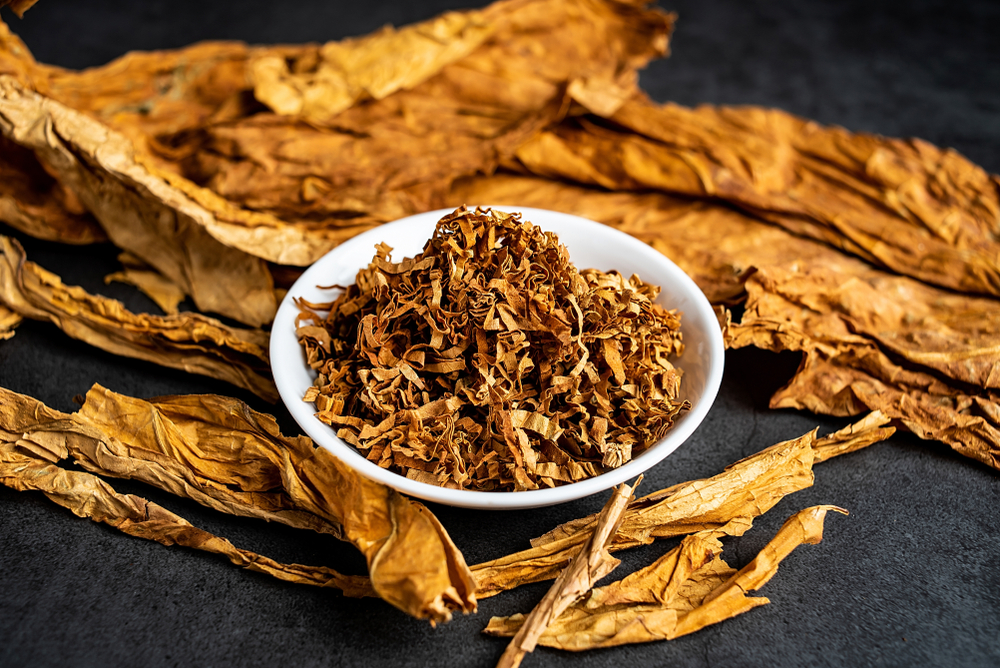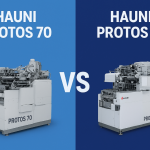Tobacco is a plant that has been cultivated and enjoyed by people for centuries. Among the various types of tobacco, FCV (Flue-Cured Virginia) tobacco stands out as one of the most popular and widely used varieties in the world. Known for its mild flavor and high-quality leaf, FCV tobacco is a staple in the production of cigarettes, pipe tobacco, and other tobacco products. But what exactly is FCV tobacco, and why has it garnered such widespread popularity? In this blog post, we’ll dive into the history, characteristics, and reasons behind the enduring appeal of FCV tobacco.
Introduction
Flue-cured Virginia (FCV) tobacco, often referred to as Virginia tobacco, is primarily grown in regions with warm climates, such as the southeastern United States, Brazil, and Zimbabwe. The “flue-curing” process, from which it gets its name, involves drying the tobacco leaves with heat generated by burning wood or coal in a flue, a small enclosed space. This process helps to preserve the sugars in the leaves, giving FCV tobacco its distinctive bright color and sweet, mild flavor.
FCV tobacco is the backbone of many popular tobacco products, particularly cigarettes, where its mild and slightly sweet taste is highly prized. Its versatility and quality have made it a favorite among both manufacturers and consumers, contributing to its global popularity.
The History of FCV Tobacco
The history of FCV tobacco dates back to the early 17th century, when tobacco cultivation began in Virginia, USA. As settlers experimented with different curing methods, they discovered that flue-curing produced a superior product with a distinct flavor profile. This method quickly became the standard for curing tobacco in the region, giving rise to what we now know as Virginia or FCV tobacco.
Early Cultivation
Virginia’s warm, humid climate proved ideal for growing tobacco. Early tobacco farmers in the region developed techniques for flue-curing, which involved using controlled heat to dry the leaves without exposing them to direct sunlight. This method preserved the natural sugars in the tobacco, resulting in a sweeter and milder flavor.
Global Expansion
As the demand for tobacco grew, so did the cultivation of FCV tobacco. Tobacco growers adopted the techniques developed in Virginia and other parts of the world, including Brazil, Zimbabwe, and India. Today, FCV tobacco is one of the most widely grown types of tobacco globally, and its production continues to expand.
What Makes FCV Tobacco Unique?
Several characteristics set FCV tobacco apart from other types of tobacco, making it a popular choice for various tobacco products.
Flue-Curing Process
The flue-curing process is what gives FCV tobacco its unique qualities. Unlike air-cured or sun-cured tobaccos, flue-curing involves drying the leaves in a controlled environment with indirect heat. This process takes about a week and requires careful monitoring to ensure the right temperature and humidity levels.
Bright Color and Mild Flavor
The flue-curing process preserves the sugars in the tobacco leaves and contributes to their bright, golden-yellow color. This distinctive appearance and the mild, slightly sweet flavor make FCV tobacco highly desirable for cigarette production. The natural sweetness of the tobacco allows for a smoother smoking experience, which many smokers prefer.
High Nicotine Content
FCV tobacco also has a relatively high nicotine content compared to other tobacco types, making it an essential component in many cigarette blends. The combination of mild flavor and substantial nicotine content provides a balanced smoking experience that appeals to a wide range of consumers.
The Popularity of FCV Tobacco in the Tobacco Industry
The widespread popularity of FCV tobacco can be attributed to its versatility and desirable smoking characteristics. It is a critical ingredient in many tobacco products, particularly cigarettes, which are the most common way people consume tobacco.
Cigarette Production
FCV tobacco is the primary type of tobacco used in cigarette production, especially for American-style blends. Its mild and sweet flavor profile makes it an ideal base for cigarettes, which often contain a blend of different tobacco types to achieve a balanced taste. The bright color of FCV tobacco also enhances the visual appeal of cigarettes, contributing to their marketability.
Pipe Tobacco and Other Products
While FCV tobacco is most commonly associated with cigarettes, it is also used in the production of pipe tobacco, roll-your-own tobacco, and other smoking products. The mildness and sweetness of FCV tobacco make it a popular choice for pipe smokers who appreciate smooth and flavorful smoke.
Global Demand
The global demand for FCV tobacco remains strong due to its essential role in cigarette production. Major tobacco-producing countries like China, India, and the United States continue to cultivate large quantities of FCV tobacco to meet the needs of the international market.
The Economic Impact of FCV Tobacco
FCV tobacco plays a significant role in the economies of many tobacco-producing countries. Its cultivation, processing, and export provide employment and income for millions of people worldwide.
Major Producing Regions
- United States: Virginia and North Carolina are the primary producers of FCV tobacco in the United States, with the region’s tobacco industry contributing significantly to the local economy.
- Brazil: Brazil is one of the largest producers of FCV tobacco globally, with much of its production exported to international markets.
- Zimbabwe: Zimbabwe is a significant exporter of FCV tobacco, with the crop playing a crucial role in the country’s agricultural sector.
Export and Trade
The international trade of FCV tobacco is a significant economic activity, with countries like Brazil, Zimbabwe, and India exporting large quantities of tobacco to meet global demand. The revenue generated from FCV tobacco exports supports the economies of these countries and helps sustain the livelihoods of farmers and workers involved in the tobacco industry.
Health Considerations and Controversies
While FCV tobacco is prevalent and economically significant, it is essential to acknowledge the health risks associated with tobacco use. Smoking, regardless of the type of tobacco used, is linked to numerous health problems, including lung cancer, heart disease, and respiratory issues.
Health Risks of Smoking FCV Tobacco
The nicotine content in FCV tobacco, while contributing to its popularity, also makes it addictive. The combustion of tobacco releases harmful chemicals and toxins that can cause serious health issues over time. Public health campaigns and regulations around the world aim to reduce the prevalence of smoking and raise awareness of its risks.
Environmental Concerns
The cultivation of FCV tobacco also raises environmental concerns. The flue-curing process requires significant energy, often from burning wood or coal, which can contribute to deforestation and carbon emissions. Additionally, the use of pesticides and fertilizers in tobacco farming can negatively impact soil and water quality.
Conclusion
FCV tobacco’s popularity is rooted in its mild flavor, bright color, and the unique qualities imparted by the flue-curing process. It is a cornerstone of the tobacco industry, particularly in cigarette production, and its cultivation supports the economies of several countries worldwide. However, it is essential to balance the appreciation of FCV tobacco’s qualities with understanding the health and environmental challenges associated with its use. As with all tobacco products, responsible consumption and awareness of the risks are crucial to mindfully enjoying FCV tobacco.





